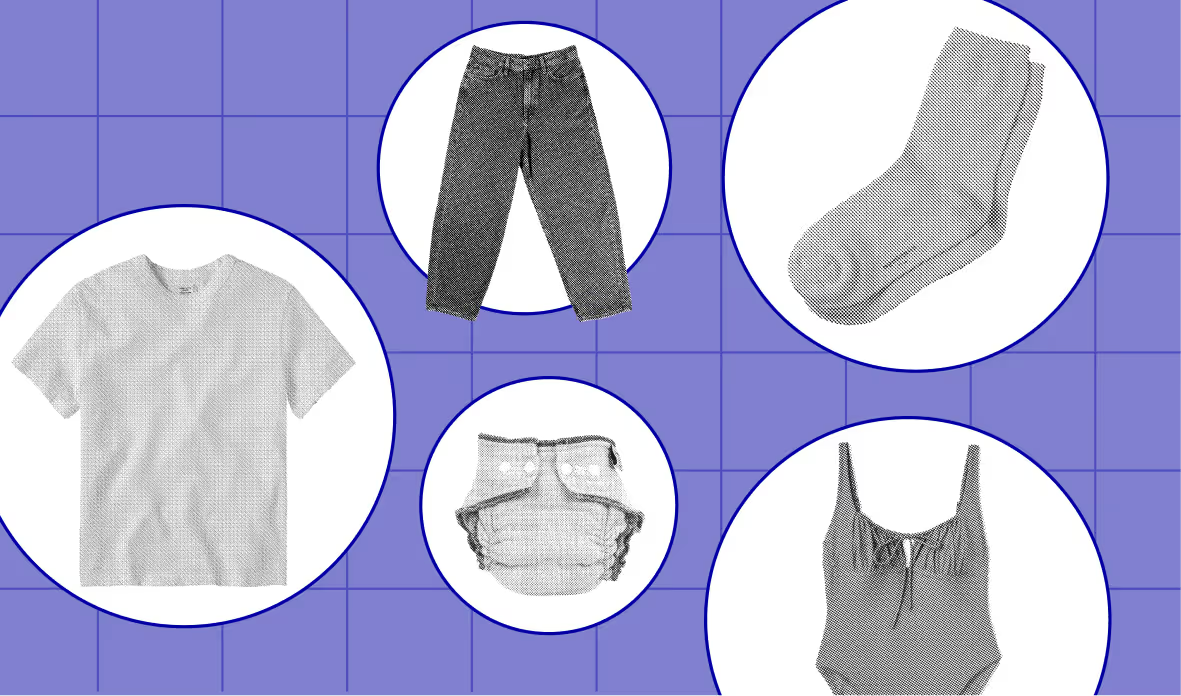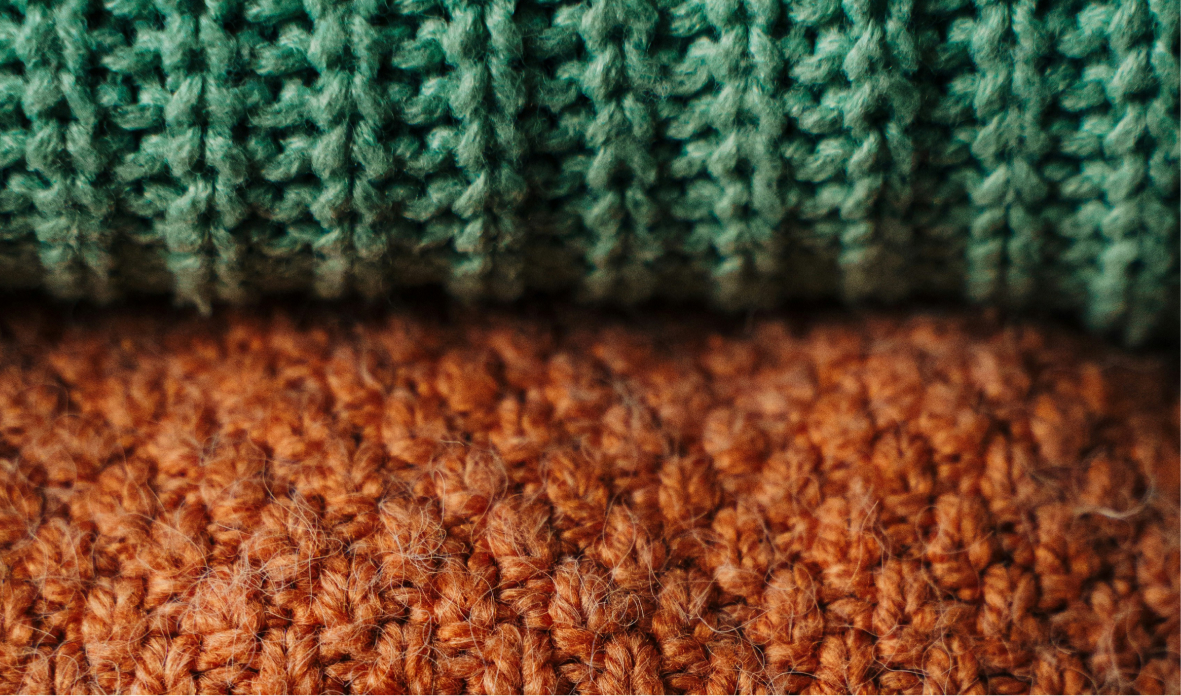Simple ways to eliminate microplastics from your laundry

Join the community





Microplastics are plastic debris smaller than 1 mm. When larger pieces of plastic like bottles and car tires break into smaller fragments, they release microplastics into our environment.
In 2011, a group of scientists published a report on the accumulation of microplastic in marine habitats. Apart from the usual suspects, they discovered a surprising source of microplastic pollution: laundry.
How does washing clothes add to the microplastic pollution?
Synthetic fibers like polyester, nylon, and acrylic are made of plastic and are commonly used in our clothing. When we wash these synthetic clothes, the effects of water, friction, and abrasion cause fiber shedding. These microfibers then enter municipal wastewater, releasing microplastics into the ecosystem.
Some filters can capture these microfibers and prevent them from entering the municipal wastewater stream. You can add these to your machine’s outflow and it will collect the microfibers.
Another option is to use laundry balls or laundry bags that you can throw in the wash along with your clothes and they will capture microfibers. You can find microfiber bags at Grove Collaborative or EarthHero.
While these bags are helpful, they are not a completely flawless solution. The filters, laundry balls, and laundry bags need cleaning from time to time and the collected microfibers end up in the trash. So while they would not end up in our waterways, they will end up in landfills and can still leach into the environment.
Here are a few things you can do to completely avoid microplastic pollution from washing clothes:
- Avoid the delicate setting on your machine as it uses more water which causes more microfiber shedding.
- Wash on cold to slow the degradation of your clothes' fibers.
- When it’s time to buy a new washing machine, opt for a front-loading model as it causes less shedding.
- Choose natural alternatives like cotton and linen instead of synthetic fibers. Even blends like polyester-cotton shed fewer microfibers than synthetic fibers.
- Shopping secondhand can also reduce the microfiber release as clothes shed more microfibres in the first eight washes.
Plastic-free drying
The dryer sheets and fragrance softeners that we use in our dryers are also a source of microplastic pollution. Dryer sheets are made of nonwoven polyester fabric (essentially plastic), which is then covered with chemicals. They are single-use items and end up in trash, releasing microplastic into the environment.
Fabric softeners come in huge plastic bottles that are not always recycled. So these bottles end up in landfills or our oceans and release microplastic.
A more sustainable alternative is wool dryer balls. You can put them in the dryer with your clothes and they help with wrinkles, remove pet hair from clothes, and reduce drying time. You can add some botanical-based fragrance to these balls.
They last for around 1000 loads and at the end of their life, you can compost them in your backyard or upcycle them into balls for children or pets.
Regardless of whether you use dryer sheets and fabric softeners, the tumble-drying process itself contributes to the release of microplastics. The dryer heat makes the clothes more likely to break down, especially synthetic fibers like polyester, spandex, and elastic. For a plastic-free drying experience, line-dry your clothes if possible. If you can’t air dry, choose the lowest or no-heat setting.
Find Dryer Balls at These Top-Rated Sustainable Brands












